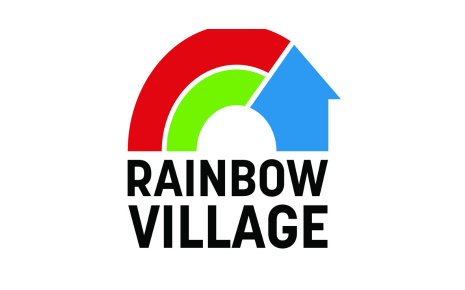Creative Economic Development Consulting CEO Crystal Morphis and I met about seven years ago when we both worked on the Greenwood Partnership Alliance with Crystal providing the strategic plan, and Convergent coming in to test and fundraise for it. Getting to know this intelligent, strategic professional and truly calling her a partner and friend through the years has been a pleasure. I recently sat down with Crystal and Kristin Harper on our podcast, The Difference, to talk about what we're hearing in the field. Here are a few highlights from that discussion and our inside perspective on economic development today:
Broadening conversation around Workforce Development
In my first 15 years fundraising for economic development organizations, the focus was on new business attraction, retention, and expansion. Around 2013, I started to see companies push back because of the lack of workforce. Many towns responded at first saying that job creation was their primary responsibility, and job fulfillment should rest on the community and technical colleges and the companies themselves. I saw the more progressive communities get on board quickly though. And now of course, for the past five years, workforce is a major part of every economic development capital campaign. What Crystal and I are seeing currently is that it's not just development, it's attraction and retention that are equally important.
With 77 million baby boomers in the process of retiring, this conversation is going to continue and be a primary factor for site selectors over the next 10+ years. Quality of place, housing, what's going to attract workers to come to and stay in your community are what you have to be looking at for your community to thrive.
What's different, as Crystal observed, than in previous years is that we know this will continue for a long time. A lot of her clients are concerned about 'staying in their lane' and their core program of work or mission. But her company's guidance is that even if they don't have a robust workforce development plan, they should and can easily partner with someone in their area who does.
Quality of life importance growing
From Greenwood's Partnership Alliance creating a highly successful Promise Program five years ago to another client of ours in Morganton doing a housing study to be sure they have what workers want, there are many creative ways for communities to widen their own conversation around workforce development to include 'quality of life' factors.
Even in our fundraising campaigns for philanthropic nonprofit clients, we're seeing workforce attraction and retention through quality of life improvements become part of the conversation. We're working on four YMCA capital campaigns in South Carolina and have seen those communities positioning the YMCAs as community assets and using them as a showcase or attraction tool to help with workforce efforts in the area.
Crystal has noticed that, in the past, marketing and business attraction were the cornerstones of her strategic plans for many communities, but now local attractions, housing, and educational and healthcare infrastructure are major components of long-term planning. Communities are seeing the need to have the talent pipeline coming out of schools but also people staying in their communities, and these quality-of-life elements help make that happen.
'Silver Tsunami' impact continues
With 10,000 baby boomers retiring every day, there is a need to fill workforce gaps but also two important effects Crystal and I are seeing from the 'Silver Tsunami.'
The first is business ownership. There are approximately 12 million businesses owned by baby boomers, and about 40 percent of those do not have a succession plan. Identify those owners and talk to them in your community to ensure that they don't close abruptly upon the owner's retirement and disrupt your local economy.
The second important effect is the change in leadership in communities across the country. This is the single biggest challenge I see us facing in fundraising. As baby boomers phase out of civic and volunteer activities, they are leaving a significant gap. Where is our next generation of leaders coming from and when will they step up?
'The only difference between successful and unsuccessful communities is leadership,' as Crystal said on the podcast. You can do amazing things if your leadership is working together. How do we plug in younger people into leadership roles moving forward? Crystal and I have seen some communities really start to take this to heart.
Thanks for reading as I gave you a look into just a few of the issues and opportunities Crystal and I are seeing when working in many different communities across the country in economic development today. Please listen to the podcast episode, An Inside Perspective on Economic Development, to hear more details and specific examples.







